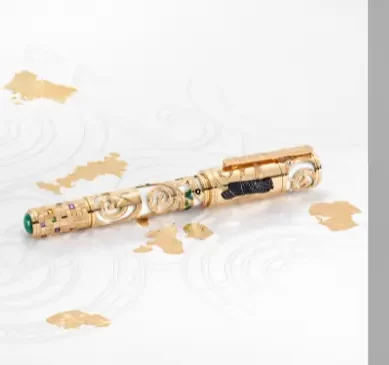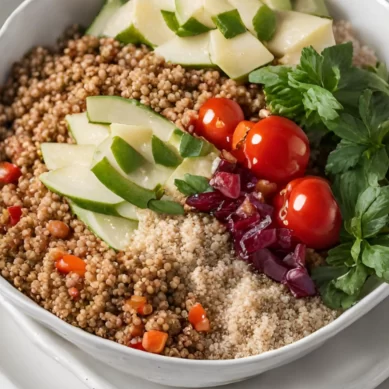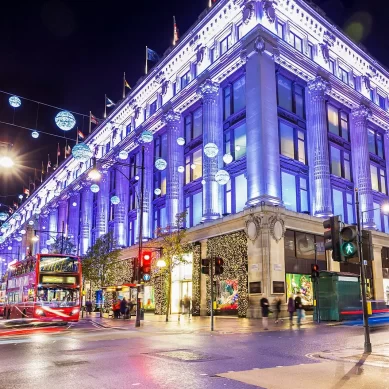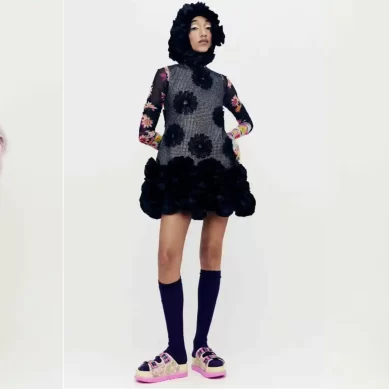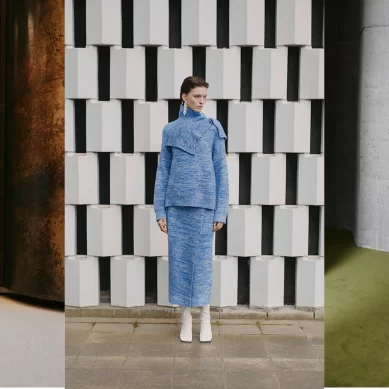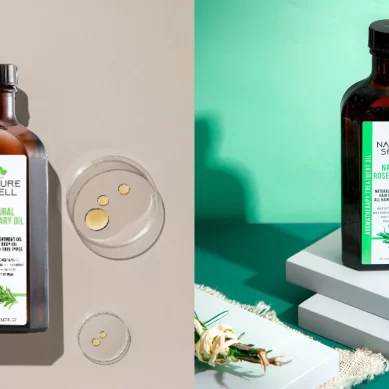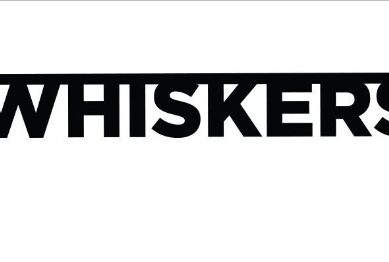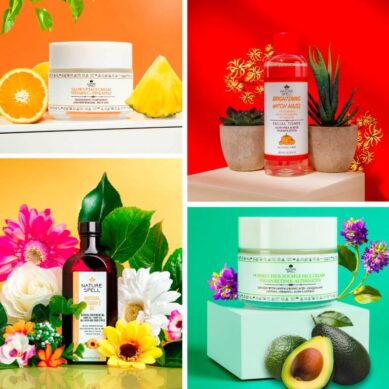
Menstrual Hygiene Day, marked on May 28 is mainly observed to talk about social stigma associated with menstruation. This year the theme of the day is “Action and Investment in Menstrual Hygiene and Health.”
Fun fact about why May 28 was marked as the World Menstrual Hygiene Day. On an average the menstrual cycle for most women is 28 days and the menstruation period for most women is for five days. Hence 28/5 is marked as the World Menstrual Hygiene Day.
In an exclusive conversation with The Style.World, Dr Sana Fathima MBBS, (MD) Pathology explains how menstruation is not the problem but not being unaware is.
Our expert takes you through the A-Z guide for menstruation and talks about the journey towards a healthier mind, body and soul during your cycle. So get ready to talk about menstruation. Period.
What is Menstruation?

Menstruation is a natural, normal biological process experienced by all adolescent girls and women.
As per the definition of the World Health Organization (WHO) menstruation is the periodic blood that flows as a discharge from the uterus. The menses occurs at approximately 4-week intervals to compose the menstrual cycle.
Why does it happen?
The inner lining of the uterus i.e the endometrium grows and is maintained by hormones for the implantation of the embryo in case fertilization occurs.
When fertilization doesn’t occur the endometrium is shed off along with the unfertilized egg and blood through the vaginal orifice
Are you PMS-ing? Relax!

Premenstrual syndrome (PMS) is a condition that affects most menstruating women. It happens due to changes in hormones during the menstrual cycle.
Symptoms include mood swings, tender breasts, food cravings, fatigue, irritability and depression.
So what can you do when you PMS?
As per Dr Sana, you really have to take it easy, talk to friends and family, eat well, include mild exercises, chomp on some of your favorite chocolates, get enough sleep.
In case of experiencing pain use hot water therapy for cramps. If the pain seems severe consult your doctor for medication.
Period products: The pads, the tampons and the cups

When you are on your periods, you will require material to soak up the menstrual blood like cloth pads, disposable sanitary napkins, tampons and menstrual cups are commonly used. With so many products out there, you might have to pick what is right for you and experiment with a few as well.
All you need to know about Tampons and Menstrual cups
People are familiar with disposable and cloth pads which are the most commonly used material for periods in our country but there is a lot of dilemma around tampons and menstrual cups. Let’s stop juggling and find out.
So what are Tampons?
A tampon is one of the feminine hygiene products designed to absorb the
menstrual flow by insertion into the vagina during menstruation.
It is placed internally, inside the vaginal canal. Once inserted correctly, a tampon is held in place by the vagina and expands as it soaks up menstrual blood.
The tampons should be disposed of every 4-8 hours to prevent infection and shock
Menstrual Cups
A menstrual cup is a feminine hygiene device inserted into the vagina during menstruation.
Its purpose is to collect menstrual fluid (blood from uterine lining) and prevent its leaking onto clothes. A single cup can replace thousands of pads and tampons.
It is eco-friendly, it will leave you with no dryness and unlike pads, you don’t have to worry about changing frequently.
About Menstrual Abnormalities

- Dysmenorrhea – increased pain.
- Menorrhagia- increased bleeding.
- PCOD / PCOS
What can you do if you suffer from Menstrual abormalities?
- Lose weight
- Eat healthily
- Exercise regularly
- Contraceptive pills after consulting your gynecologist.
- Medications for excess hair growth, diabetes and Infertility.
Period friendly workplaces: Need of the hour

Apart from awareness of menstruation Dr. Sana Fathima stresses the need of having more and more period friendly workplaces
According to Dr. Fathima, at the end of the day, creating a period-friendly workplace is not only the right thing to do and something which ultimately helps the company’s bottom line; it also sends a message that an employee’s well-being is thought about and valued.
Here’s what comprises a period friendly workplace
- Provide free period products
- Contribute to managing the stress of your employees
- Educate and create awareness
- Provide more bathrooms
- Provide menstrual leave



